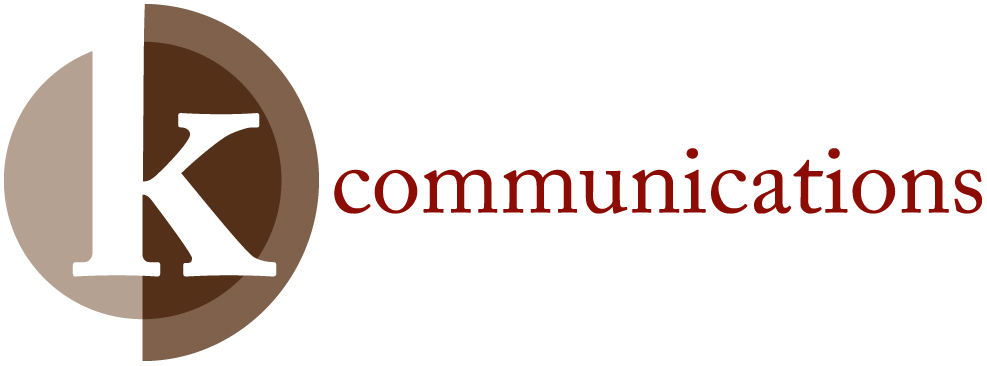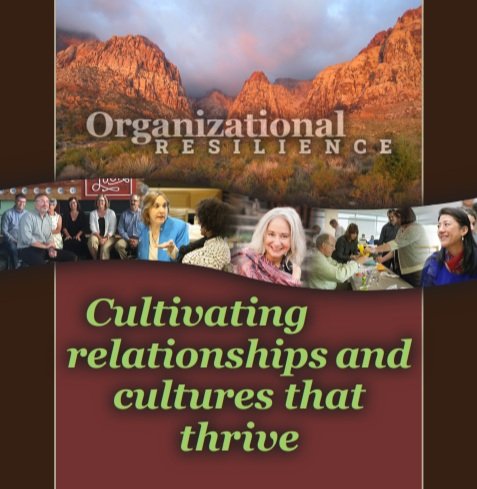What are the Telltale Signs of Meaningful Camaraderie?
/Camaraderie – the spirit of goodwill, rapport, and loyalty – is the magical essence of a robust team. It is a sense that you are “in it together” and “have each other’s backs”.
If you have experienced it, you know the feeling and impact it can have. It’s not achieved through a happy hour or one-off team building session (although shared activities can plant the seeds for more cohesiveness). True camaraderie is not at the expense of others (i.e. “us vs. them”). Instead, it exhibits the following conditions:
1. Collaboration. The willingness and ability to work together, to contribute to each other and to a common goal.
2. Trust. The presence of mutual trust in each other’s knowledge, skills, and character.
3. Respect. Holding each other in high regard, an admiration for a team member that might be demonstrated by asking for their advice or perspective and listening attentively.
4. Care. A desire for the best for each other and empathy for each other’s journey.
5. Connection. A deeper understanding and acceptance of each other – achieved through substantive, honest, and vulnerable conversations.
When we work with team members with whom we trust and respect, it fuels a kind of synergy that produces great work and a sense of satisfaction. The process is energizing and the outcomes enhanced.
It takes intentionality to build real camaraderie, especially in hybrid work environments. A recent McKinsey & Company study suggests that remote workers are aware of the need for connection and the difficulties of virtual work, with 44% of employees fearing the loss of community and connection to colleagues, and 43% fearing reduced collaboration.
A workplace culture of camaraderie does not imply having total ease or alignment, or the making of friendships at the expense of achieving work objectives. It’s not “Kumbaya”, it is a shared commitment with worthy collaborators.
Collaboration Made Eas(ier)
The idea of collaboration seems like a no-brainer. We operate in teams. We need each other’s strengths and experiences to deliver on our big picture visions. We should be better together – and if we are not, we need to figure out how to be better together because it has the potential to be a game changer in morale and an organization’s effectiveness.
Collaboration can ignite creativity and innovation; it can level up our inspiration and our collective ability to solve sticky issues and bring about change.
And the truth is, collaboration takes effort and practice. It requires the ability to let go of full control (and our ego) and be open to co-creating the experience. Teams that operate in the context of co-creating invite diverse opinions without feeling threatened.
Collaboration also takes passionate curiosity, commitment to a shared goal, and an understanding of the interdependency in which you operate. Working collaboratively requires master level skills in communications and emotional intelligence!
Working in Silos: The Antithesis of Collaboration
If we struggle with our teammates, we might find ourselves resisting what others offer, working in silos, hoarding information, and feeling unsupported and uncomfortable in offering out-of-the-box ideas. In that kind of environment, working independently can feel more satisfying as we have more control, more creative freedom, and more autonomy – even if our ultimate impact is limited.
Silos can happen when people bury their heads into their own tasks, without paying attention to the common goal or the interplay among co-workers. Silos can happen within a department – each person focused solely on their respective responsibilities, or they can happen between departments.
Internal Team Silos
If there are unclear processes or responsibilities and limited shared projects, individual team members might default to focusing strictly on their own role; even slipping into “that’s not my job” mentality. And yet, a team of superstars will not make great strides if they don’t operate in sync. Egos, unwillingness to help each other, inability to see the interconnectedness of their efforts (workflow, mission, etc.) get in the way.
Teams have a collective and shared reputation – a brand. The integrity of their brand is dependent upon the stakeholder experience of each team member. In other words, internal and external customers will often judge the effectiveness of a team as a whole.
Departmental Silos
It’s not uncommon for sales to create stress on operations (bringing in too much or too little work), or operations on sales (efficiency or quality issues that impact the customer experience), yet clearly, they need each other. I have seen teams be strong together at the expense of another department, as if having a foe is their bond.
Follow the unaddressed friction and it will show you where the fissures exist in your organization’s team dynamics.
How can you raise your collaboration game?
Transitioning from operating in silos to high-performing teams requires intentional cultural, structural, and behavioral shifts. A practical roadmap:
Awareness. Acknowledge the presence of silos and openly discuss how they hinder collaboration, innovation, and efficiency. Use examples of missed opportunities, duplicated work, or credibility within the organization to illustrate the impact.
Assessment. Conduct a team assessment to establish a baseline of organizational health in the domains of collaboration, trust, respect, care, and connection.
Map out existing workflows and decision-making processes. Understanding how things get done and each person’s contribution can help people step into a collaborative spirit.
Align teams around a common purpose, objective or initiative. Ensure goals are interdependent – not achievable by one person or one team alone. Cross functional teams become the structure for delivering results.
Create expectations of working effectively together. Bring team members together to communicate, brainstorm, and solve problems.
Reward team behavior, highlight the interdependence demonstrated in any win.
Normalize feedback as a way of learning together and defining team norms. This includes regular appreciation and course correction of team dynamics.
A culture of camaraderie is a culture of belonging. Deep camaraderie creates space to contribute to each other – a giving and receiving – from a place of care. The rewards are worth the effort!



